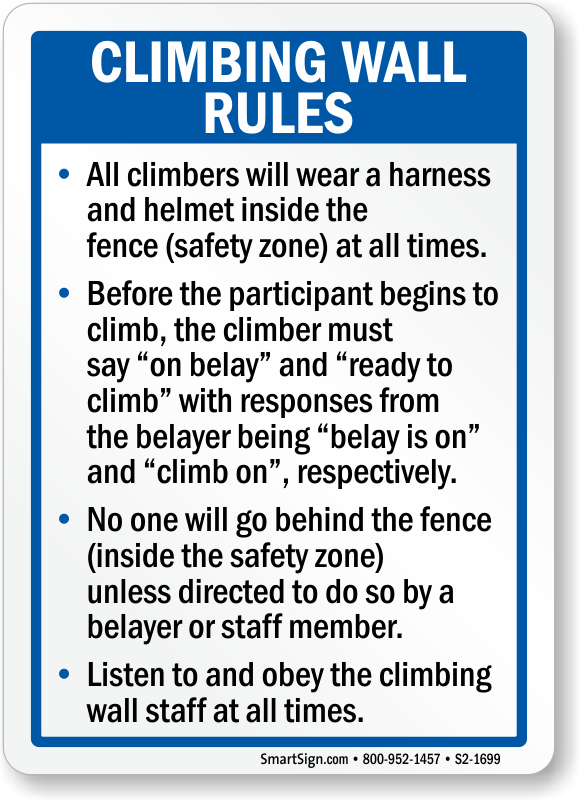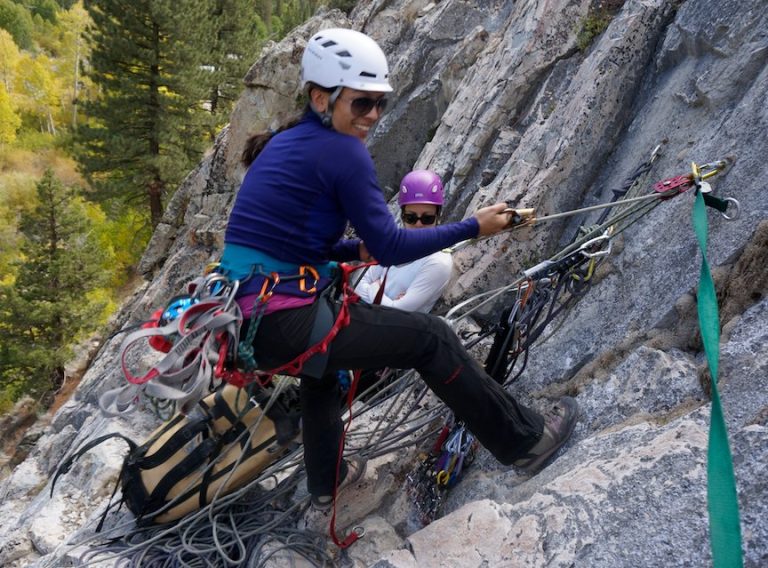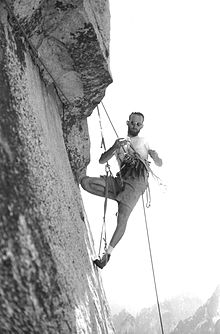Aid Climbing Etiquette: The Dos and Don’ts of Climbing with Gear
Are you new to the world of aid climbing? Do you know how to behave while climbing with gear? Whether you are an experienced aid climber or a beginner, it is essential to know the etiquette of aid climbing. Proper behavior on the wall is essential for your safety and the safety of others. In this article, we will explore the dos and don’ts of aid climbing etiquette to help you be a respectful and responsible climber.
Understanding Aid Climbing Etiquette
Aid climbing involves using gear to climb a route. Unlike free climbing, aid climbing requires the use of mechanical devices such as aiders, ascenders, and hooks, to make progress up the wall. Climbing with gear requires a specific set of skills, and it is crucial to understand the etiquette involved.
Dos of Aid Climbing Etiquette
Do Communicate with Your Climbing Partner
Communication is key in aid climbing. You and your partner must communicate effectively to ensure your safety. Before starting the climb, discuss the strategy and how you will work together. Communicate throughout the climb, and make sure to inform your partner of any potential hazards.
Do Yield to Faster Climbers
If another party is climbing faster than you, yield to them. If necessary, pause your climb and let the faster party pass. When passing or being passed, be courteous and communicate effectively.
Do Respect Fixed Gear
Fixed gear, such as pitons, bolts, and anchors, are essential for aid climbing. Always respect the fixed gear and never remove it. If you notice any damage to the fixed gear, report it to the park service or local climbing organization.
Do Pack Out Your Gear
Leave no trace when climbing. Always pack out your gear, including any trash or debris. Keep the area clean and leave it better than you found it.
Do Follow Local Rules and Regulations
Each climbing area may have specific rules and regulations. Familiarize yourself with the local guidelines, and follow them. It is essential to be respectful of the environment and the climbing community.
Don’ts of Aid Climbing Etiquette
Don’t Damage Fixed Gear
Never damage or remove fixed gear. Doing so can endanger other climbers and lead to fines or legal consequences. If you need to place your own gear, do so safely and responsibly.
Don’t Hog the Route
Be considerate of other climbers and do not monopolize the route. If another party is waiting to climb, offer to let them go ahead of you. Be aware of your surroundings and do not cause unnecessary delays.
Don’t Leave Gear Unattended
Never leave your gear unattended on the wall. Always keep your gear within reach and be aware of the potential for theft or damage.
Don’t Use Excessive Chalk
Chalk is a useful aid climbing tool, but excessive use can damage the rock and make it more challenging for future climbers. Use chalk sparingly and brush any excess away.
Don’t Damage the Environment
Be mindful of the environment when aid climbing. Do not damage any vegetation or disturb wildlife. Respect the local ecosystem and leave the area better than you found it.
Conclusion
Aid climbing etiquette is essential for the safety and enjoyment of all climbers. By following the dos and don’ts of aid climbing etiquette, you can ensure a respectful and responsible climbing experience. Remember to communicate effectively, respect fixed gear, and be considerate of other climbers. By practicing proper aid climbing etiquette, you can enjoy the thrill of aid climbing while preserving the environment for future generations.
FAQs
Q1. What is the difference between aid climbing and free climbing?
A1. Aid climbing involves using mechanical devices Certainly, here is the rest of the article:
such as aiders, ascenders, and hooks to make progress up a route, while free climbing involves climbing without the use of gear.
Q2. Why is aid climbing etiquette important?
A2. Aid climbing etiquette is important for the safety and enjoyment of all climbers. Proper behavior on the wall can prevent accidents, injuries, and conflicts with other climbers.
Q3. Can I remove fixed gear if it is in my way?
A3. No, you should never remove fixed gear. If it is in your way, you can safely work around it or place your own gear.
Q4. How can I be a responsible aid climber?
A4. To be a responsible aid climber, follow the dos and don’ts of aid climbing etiquette, communicate effectively with your partner, respect fixed gear, and leave the area better than you found it.
Q5. What should I do if I see someone breaking aid climbing etiquette?
A5. If you see someone breaking aid climbing etiquette, communicate respectfully with them and explain the proper behavior. If necessary, report any dangerous or illegal behavior to the park service or local climbing organization.
Remember, aid climbing is a thrilling and challenging activity, but it is essential to practice proper etiquette. By communicating effectively, respecting fixed gear, and being considerate of other climbers, you can enjoy a safe and responsible climbing experience.


